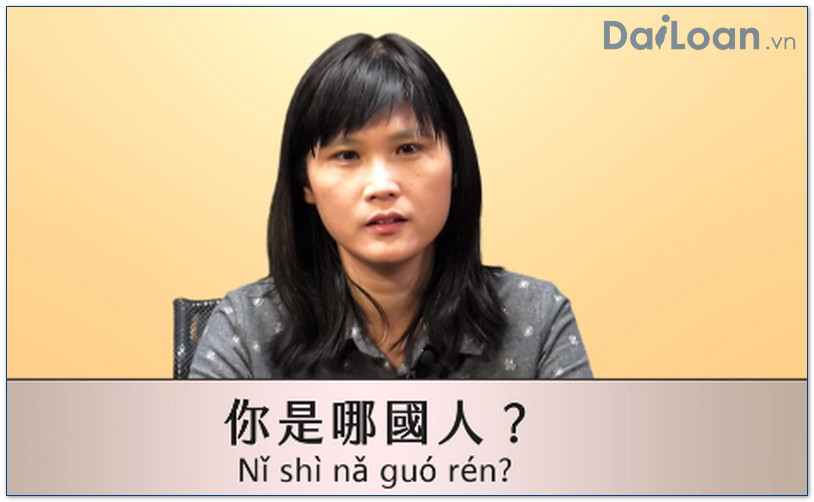What is 調侃 (tiáo kǎn)?
The term 調侃 (tiáo kǎn) in Chinese translates to “to tease,” “to mock,” or “to make fun of” in English. It carries a light-hearted connotation, often used among friends or in casual settings. It implies an environment of camaraderie where humor is shared, rather than malice. Understanding this term is essential for anyone looking to grasp the nuances of interactive Chinese communication.
Grammatical Structure of 調侃
The structure of 調侃 (tiáo kǎn) can be analyzed from both a lexical and grammatical perspective.
Lexical Composition
1. **調 (tiáo)**: This character means “to regulate,” “to tune,” or “to stir.” It sets the tone of adjustment and interaction.
2. **侃 (kǎn)**: This character translates to “to speak” or “to chat.” Together, 調侃 embodies the concept of adjusting conversation, often to produce a humorous effect.
Usage in Sentences
調侃 (tiáo kǎn) typically appears as a verb and is often used with objects or in various idiomatic expressions. Below are some key points regarding its grammatical usage:
- It can be used in both spoken and written forms.
- Commonly used with personal pronouns, such as “我” (wǒ – I) or “你” (nǐ – you).
- It can fit into different tenses by adjusting auxiliary verbs in Chinese.
Example Sentences Using 調侃
Now that we understand the meaning and grammatical structure of 調侃 (tiáo kǎn), let’s explore some example sentences that showcase its usage:
1. Casual Conversation
朋友在聚会上常常調侃我。
(Péngyǒu zài jùhuì shàng chángcháng tiáo kǎn wǒ.)
“My friends often tease me at gatherings.”
2. Light-hearted Banter
他喜欢調侃别人的穿着。
(Tā xǐhuān tiáo kǎn biérén de chuānzhuó.)
“He enjoys making fun of others’ outfits.”
3. Group Dynamics
在团队中,适度的調侃可以增进彼此的关系。
(Zài tuánduì zhōng, shìdù de tiáo kǎn kěyǐ zēngjìn bǐcǐ de guānxì.)
“In a team, moderate teasing can enhance relationships.”
4. Cultural Reflection
中國文化中,調侃是一種親密的交流方式。
(Zhōngguó wénhuà zhōng, tiáo kǎn shì yī zhǒng qīnmì de jiāoliú fāngshì.)
“In Chinese culture, teasing is a way of expressing closeness.”
Conclusion
In conclusion, 調侃 (tiáo kǎn) is an essential term in the Chinese vernacular that reflects social dynamics and humor. Its meaning, combined with its grammatical structure, allows for rich conversational exchanges. Understanding and practicing its use can greatly enhance one’s proficiency in Chinese communication and foster stronger social bonds.

Sứ mệnh của Chuyên là giúp đỡ và truyền cảm hứng cho các bạn trẻ Việt Nam sang Đài Loan học tập, sinh sống và làm việc. Là cầu nối để lan tỏa giá trị tinh hoa nguồn nhân lực Việt Nam đến với Đài Loan và trên toàn cầu.
CÓ THỂ BẠN QUAN TÂM
Du học Đài Loan
Lao Động Đài Loan
Việc Làm Đài Loan
Đơn Hàng Đài Loan
Visa Đài Loan
Du Lịch Đài Loan
Tiếng Đài Loan
KẾT NỐI VỚI CHUYÊN
Zalo: https://zalo.me/0936126566
Website: www.dailoan.vn




